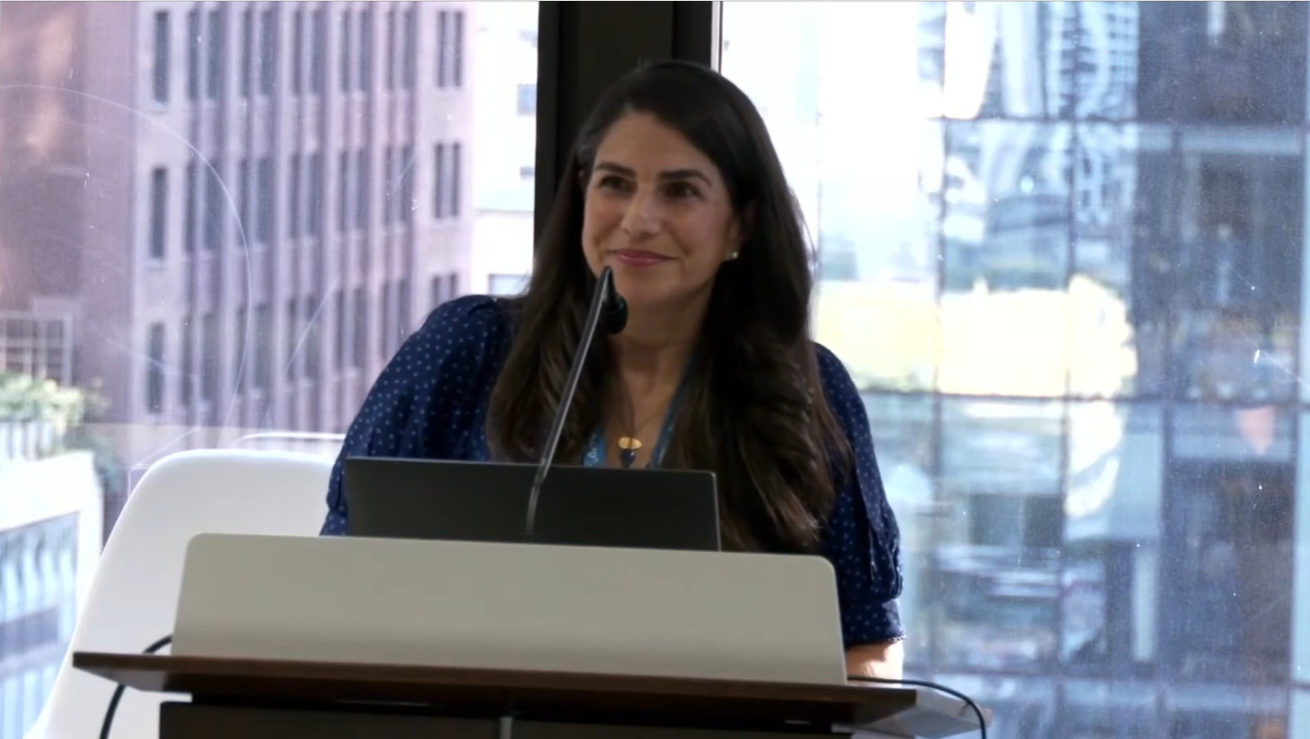by Christopher Graham
My urine output for the first day or two was actually quite excellent. So good, in fact, that they removed the Foley catheter. I wasn’t sad to see that one go. I think we may have gotten the nasogastric tube out by that time too. But even though my kidneys had made good urine during the case and for a day or two afterwards, ominous signs were on the horizon. Some of my lab numbers weren’t looking good. One thing we check is called the creatinine. It’s just a protein in your bloodstream that’s a breakdown product excreted by your kidneys. By the time your creatinine is going up, you’ve already made it to “acute kidney injury.” The real question is “how bad is the acute kidney injury?”
Let me just give you some idea how bad my kidney injury was. That protein, the creatinine, is normally supposed to be somewhere in the ballpark of 1 mg/dL for a man. If you were to get too dehydrated, say, working outside, let’s say to the point of heat stroke requiring an ER visit, we might expect a creatinine in the ballpark of 3-4 mg/dL. Something like that would buy you at least a 23-hour observation in the ER, if not a full-on hospital admission. My creatinine eventually peaked at above 10 mg/dL, which is what we, in the medical field, call, “pretty fucking bad.” We weren’t quite at the peak yet, but we were headed there fast.
After a couple days of dropping urine output and rising creatinine, other electrolyte abnormalities started to appear. I developed something called “hyponatremia.” The prefix “hypo,” means low or below. I feel like a lot of people know that one, from hearing words in medicine like “hypothyroidism” or “hypoglycemia,” or biology like “hypoactive” and the like. But if you’re wondering where the hell “natremia” comes from, it’s from two things: the Greek word Νάτριο (which is the same reason sodium, on the periodic table, is Na) and the suffix “-emia” which means “in/of the blood.” So in other words, I had low sodium in my blood. This is a problem for many reasons, but just to name a few, you can get altered mental status, seizures, or brain swelling and, in the most severe cases, it can be lethal. So it has to be corrected.
They had to put me on very strict fluid restriction. If your sodium level is low, and you drink more water, you just dilute your total body sodium even more – the total sodium is the same, but now it’s dissolved in even more water, so the concentration is less. So to treat it, you actually want to do the opposite. Change the denominator, so to speak. You restrict their fluid so, hopefully, they pee off the extra water and the sodium level comes back to normal.
There’s way more to it than that, though. Most medicine doctors are very cautious when correcting sodium because you can literally kill someone if you correct it too fast. Like, the thing you write in the chart, if it’s wrong, would be the immediate and proximate cause of their death. And you just signed your name to it. And it can be kinda confusing, too. Indeed, sodium repletion[ref]Doctors like to use made up words which are just synonyms of normal words so we sound smart. “Repletion” is the fancy way to say “replacement.”[/ref] is the bane of many medical resident’s existence, when the attending starts asking too many questions.
That practice is known as “pimping,” by the way. You ask your trainee questions until they don’t know something, and then you make them feel both bad, and stupid, for not knowing it. Ideally, those questions should involve esoteric trivia and factoids which have no relevance to the practice of medicine or the case at hand. It’s my single most favorite game in all of medical education. But I do digress…
The renal failure, combined with my drinking a lot of water, resulted in low sodium, and so they had to put me on severe fluid restrictions. I’d have to look it up to be sure, but I think at its worst, I was restricted to one liter a day. And it was quite possibly one of the worst experiences – if not the single worst experience – I’ve ever had in my entire life.
I have never been more desperate for water, ever. And not just like, “hey I worked out and gosh darnit I’m thirsty,” thirsty. I mean parched. I craved water. Ice. A few drops of liquid from the oral swaps they let me use. Anything. I was absolutely desperate for water. I remember literally begging them to let me drink more water, and then crying in the ICU because they said no. Crying was a bad move, though, since I just lost even more fluid that way. I would have done just about anything for a glass of water. I understand now why they say people will say or do anything to make torture stop. If I hadn’t understood exactly why we were doing it, I think I would have hated them for tormenting me thusly. It was probably the single worst physical experience I endured throughout all of this process. It was definitely far worse than the pain.
Continue reading in the next installment by Christopher Graham here: Chapter 3 | Part 4: From Physician to Patient in the Same Procedure Room
Read the previous installment by Christopher Graham here: Chapter 3 | Part 2: Admitting You Need Help




